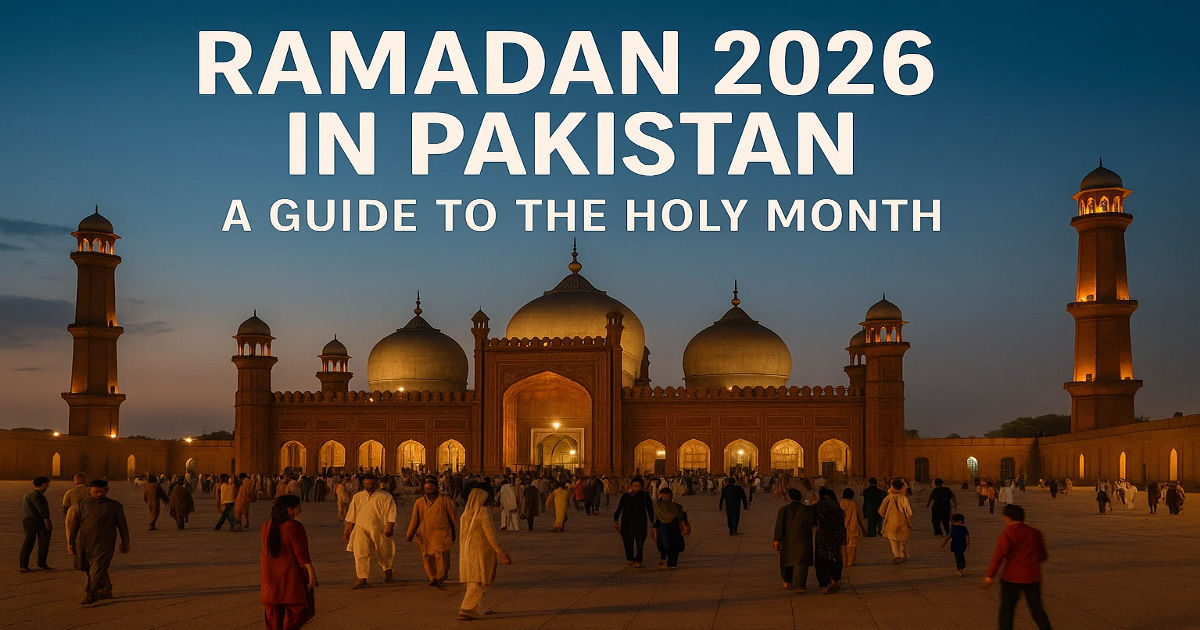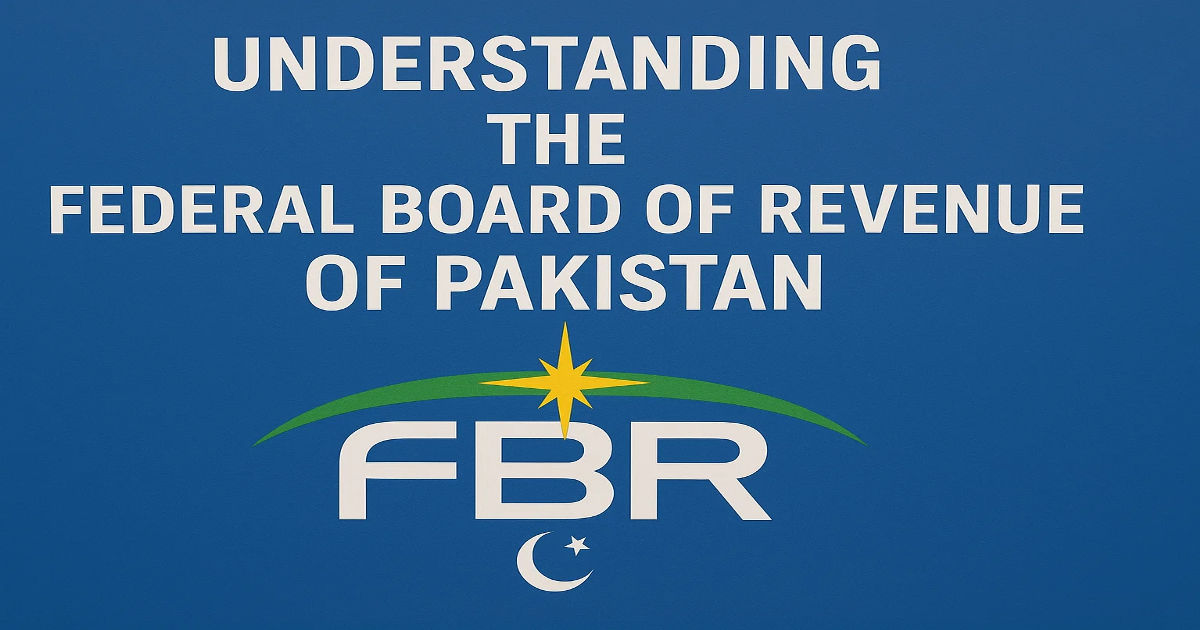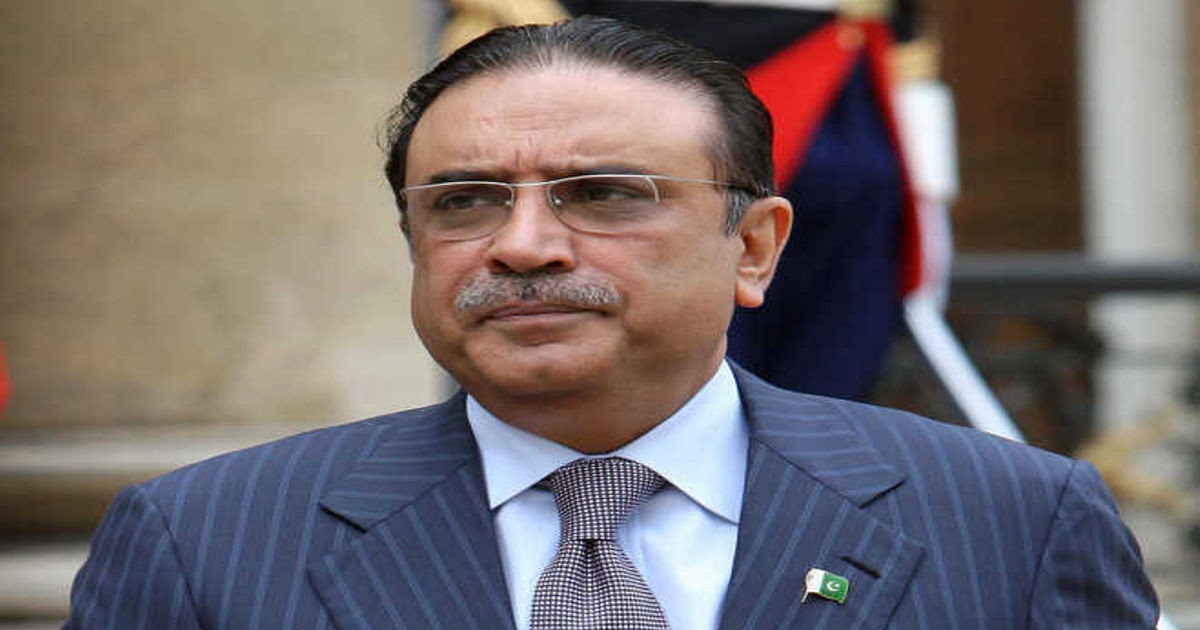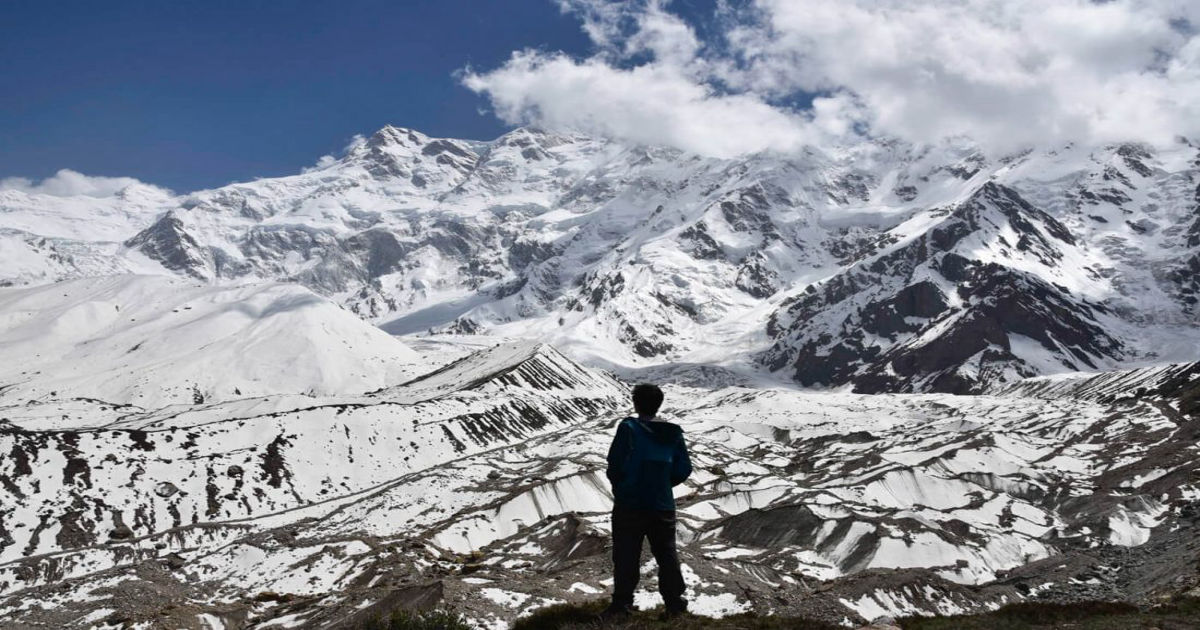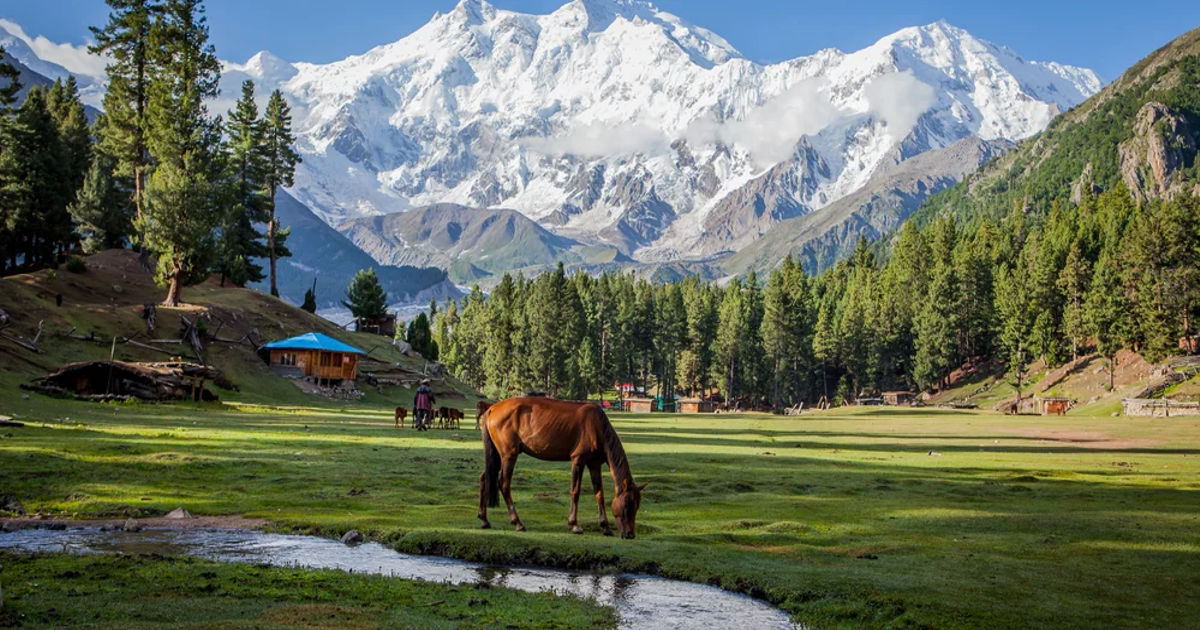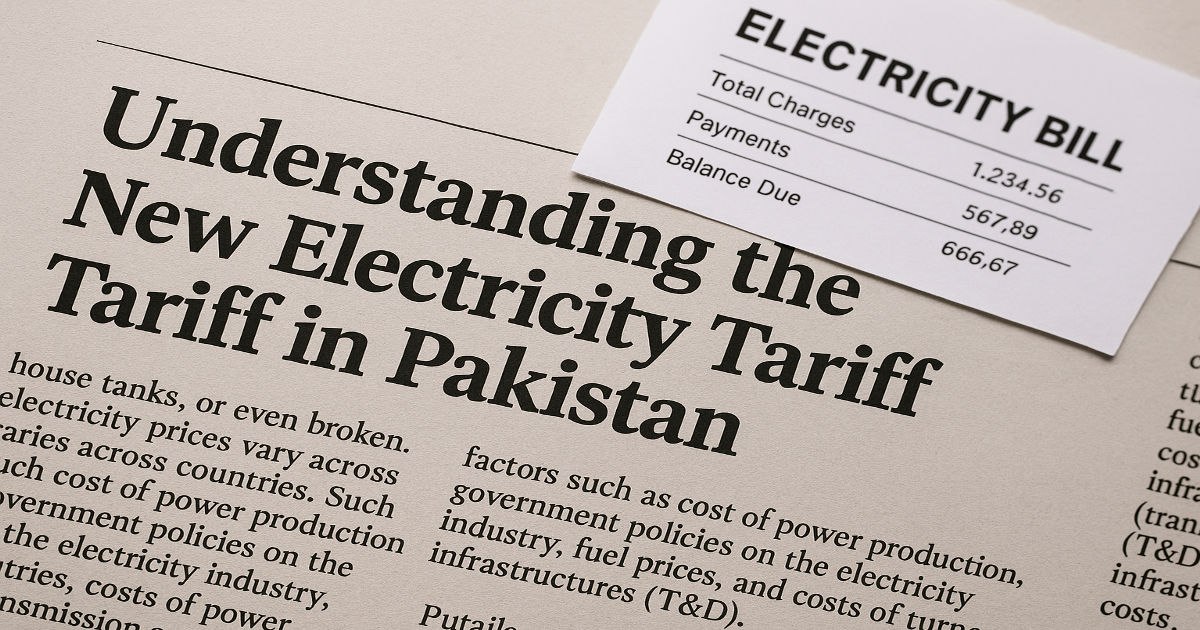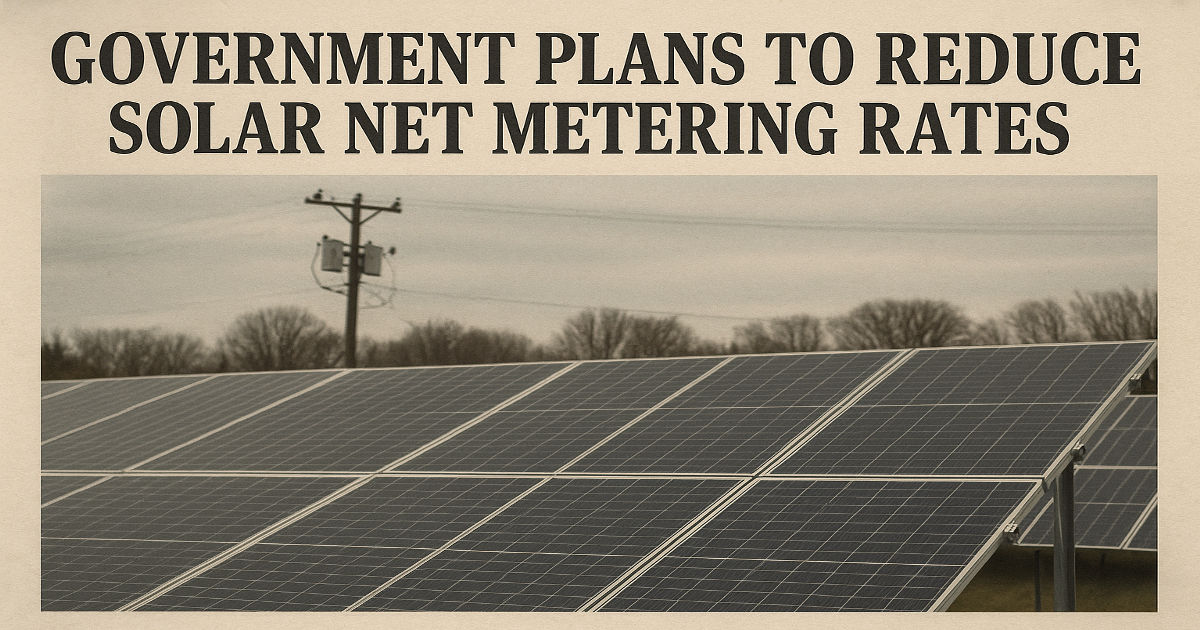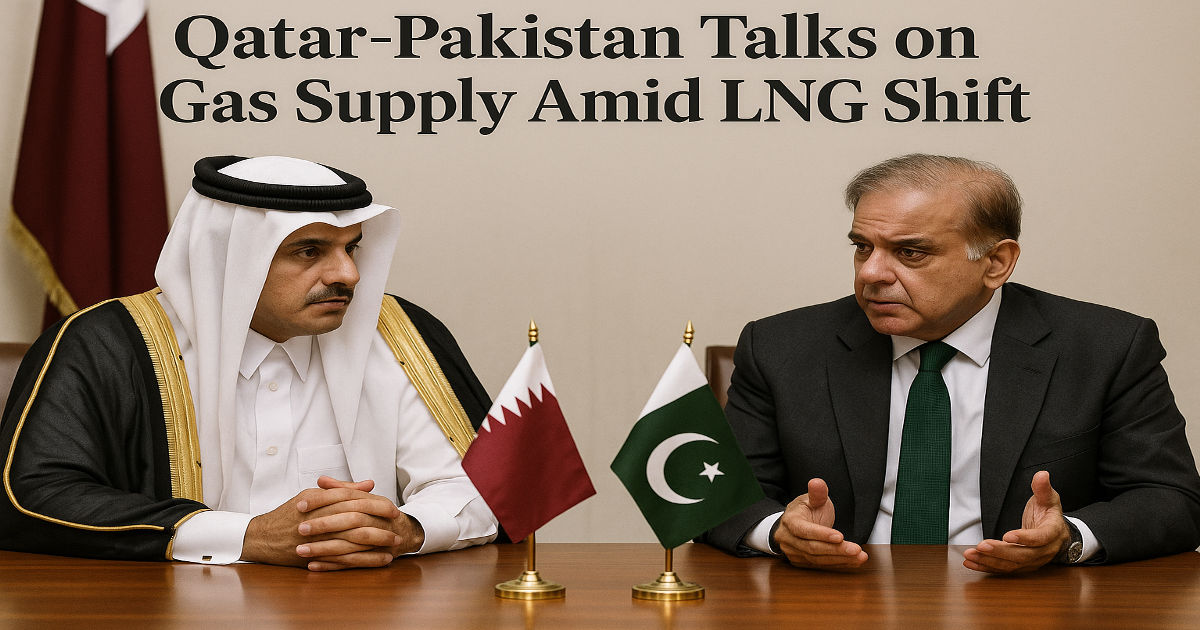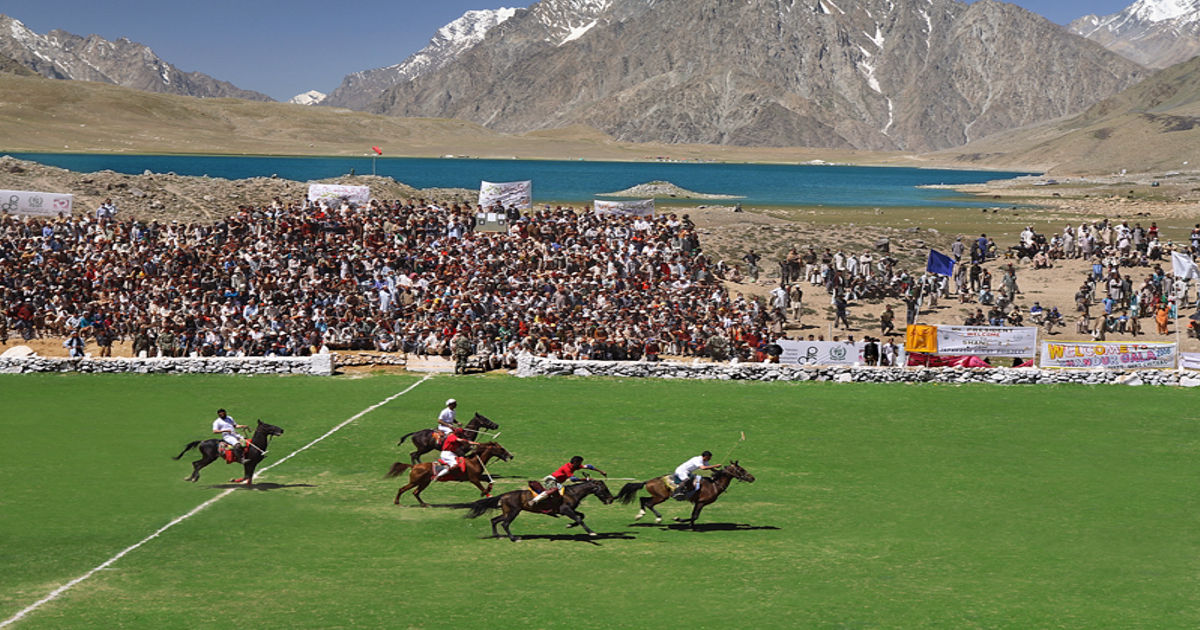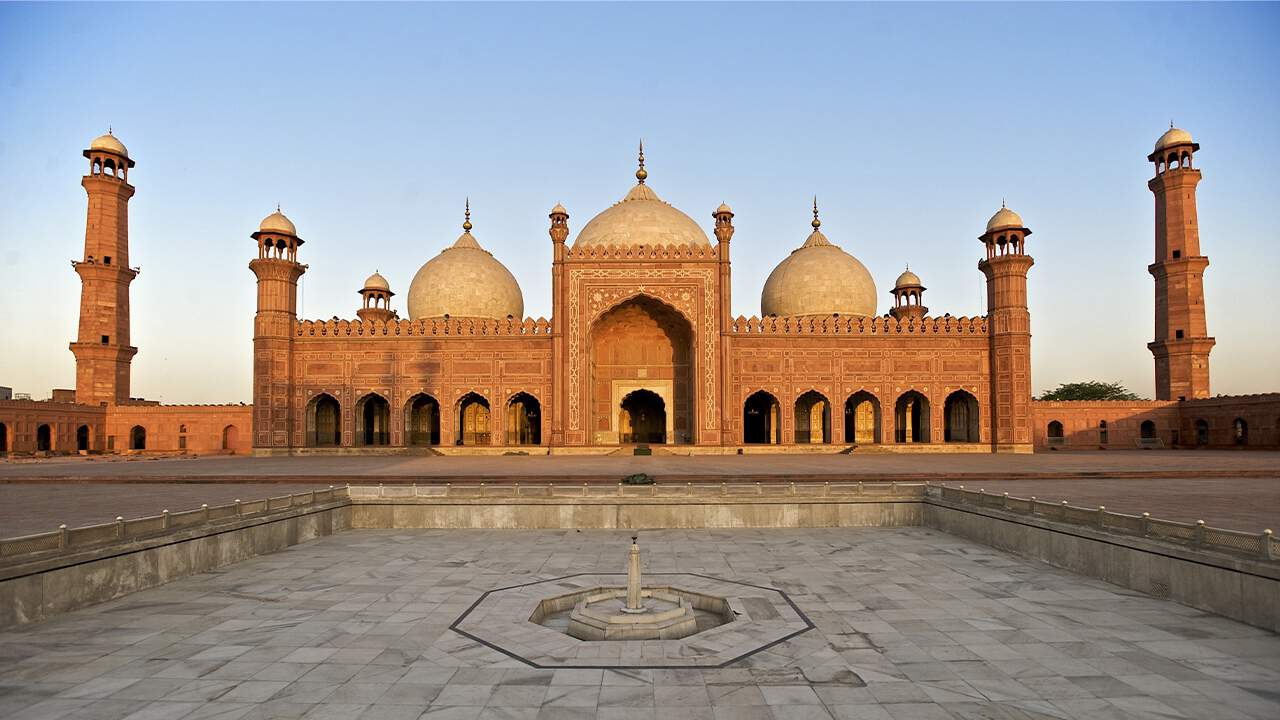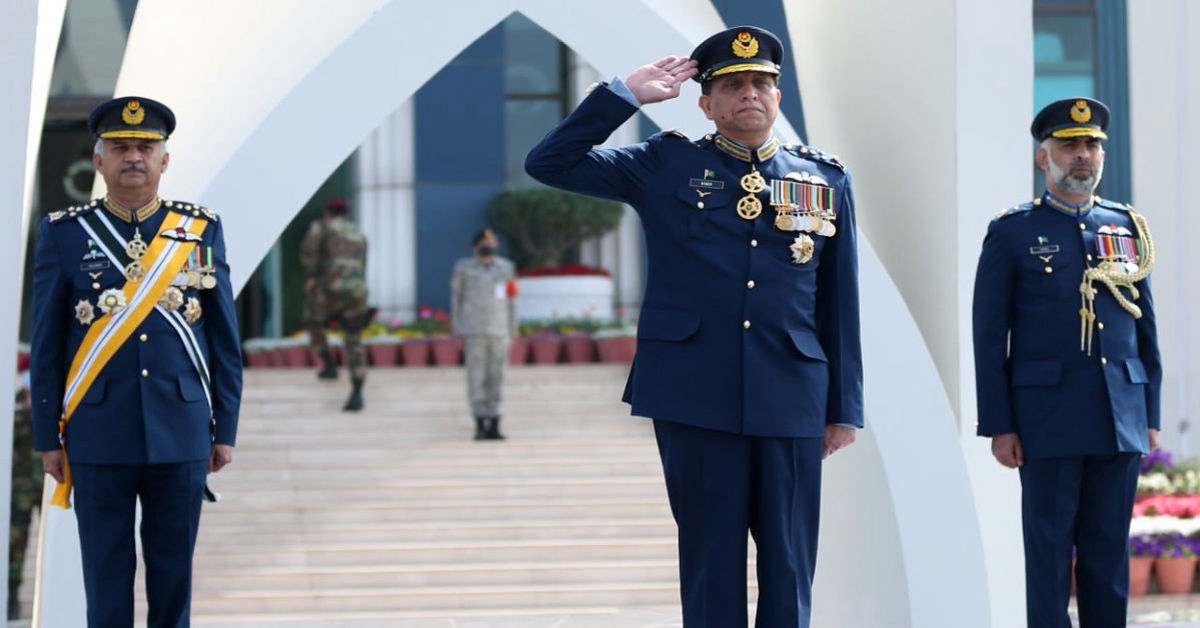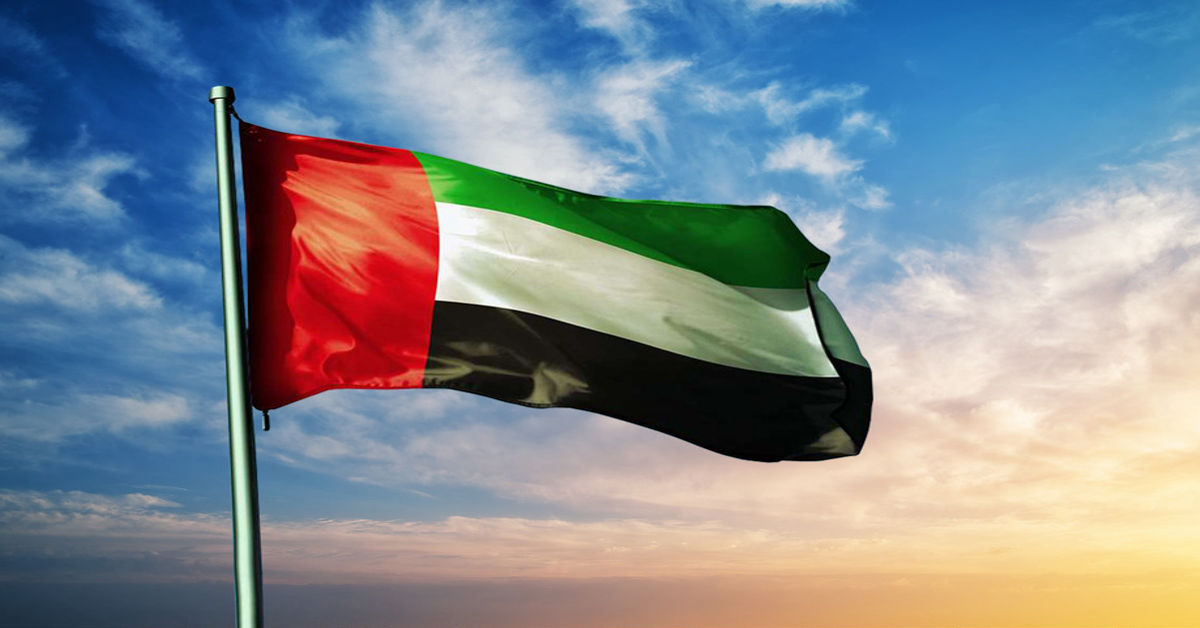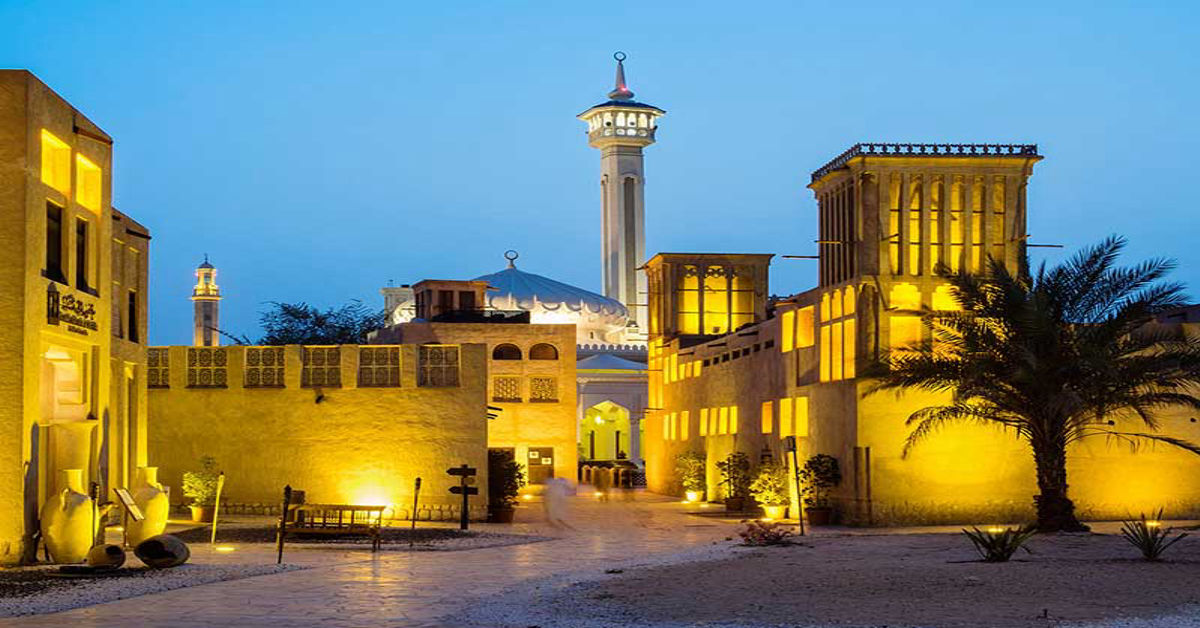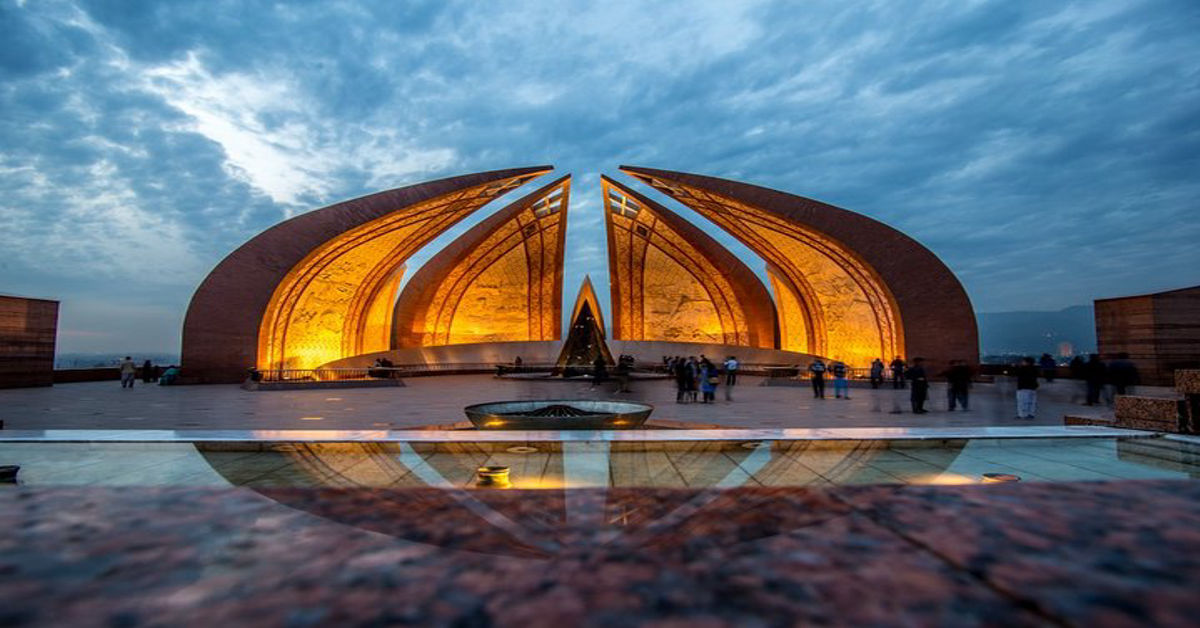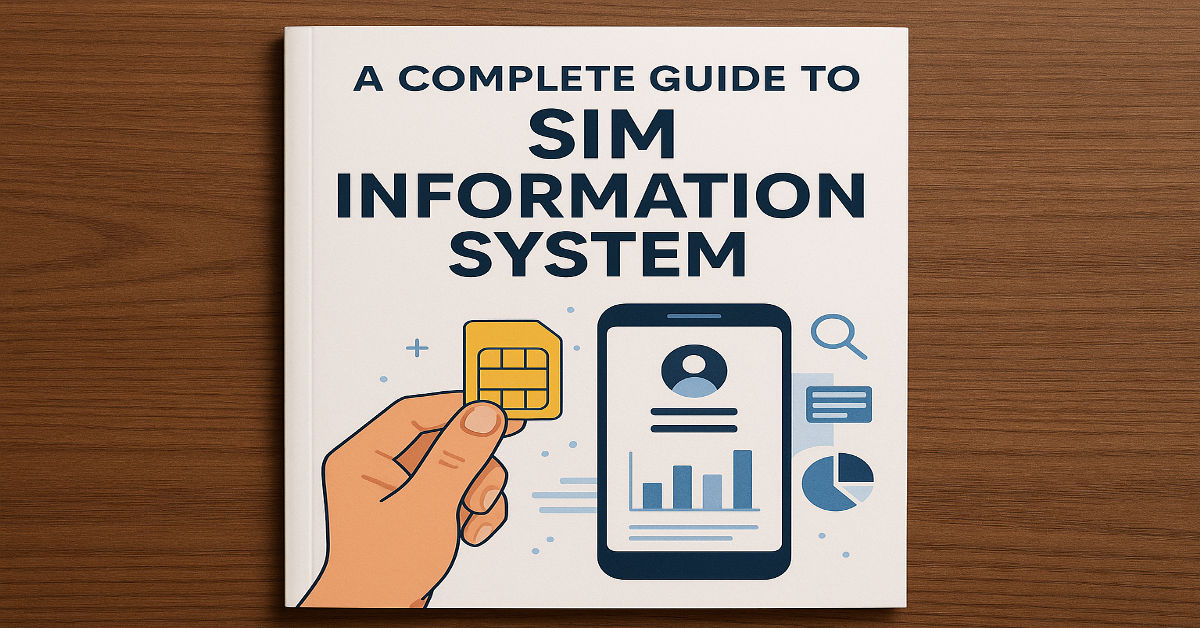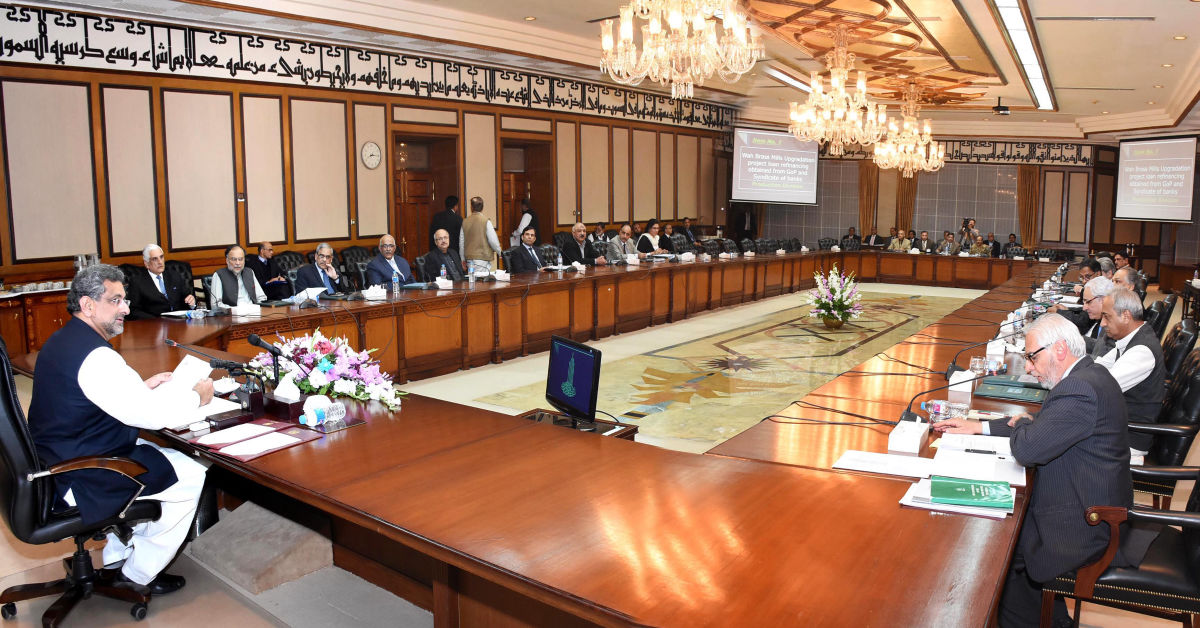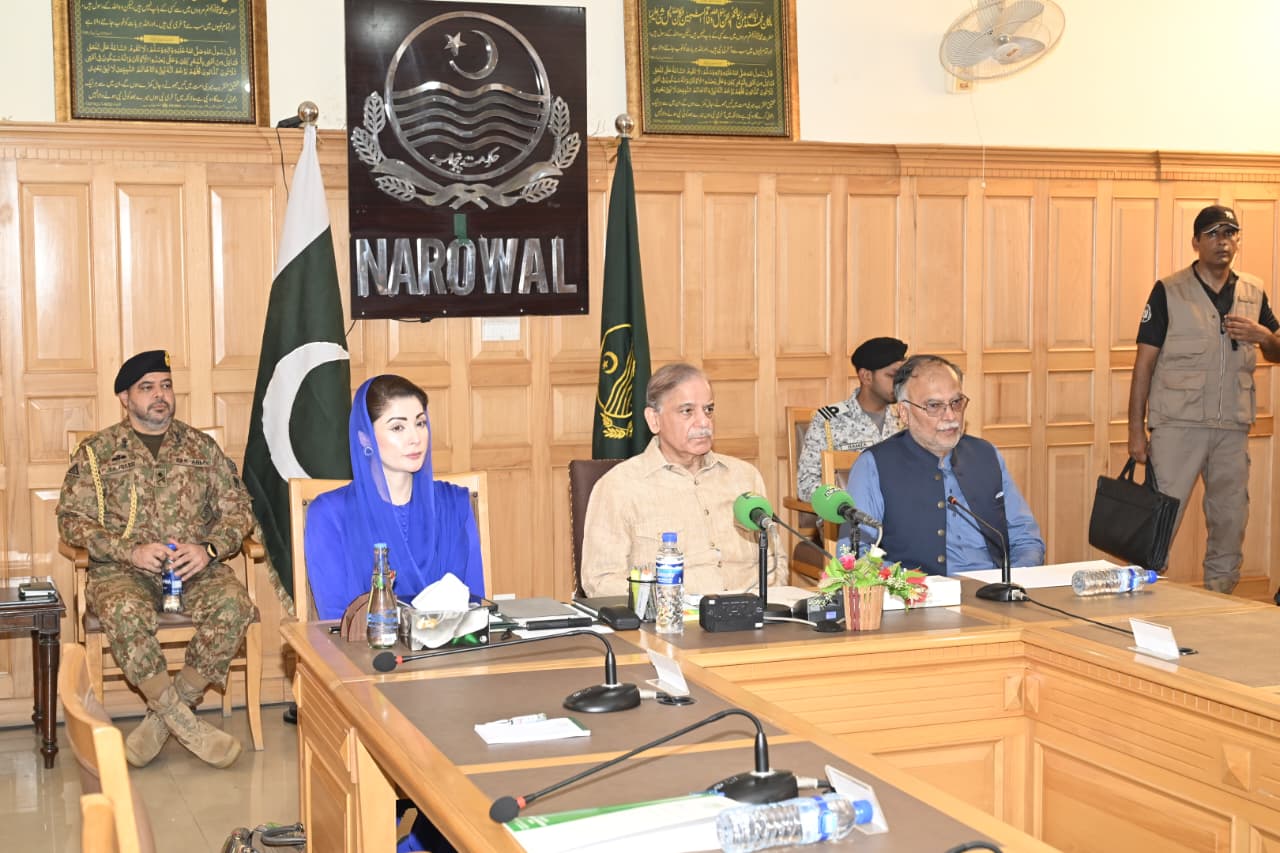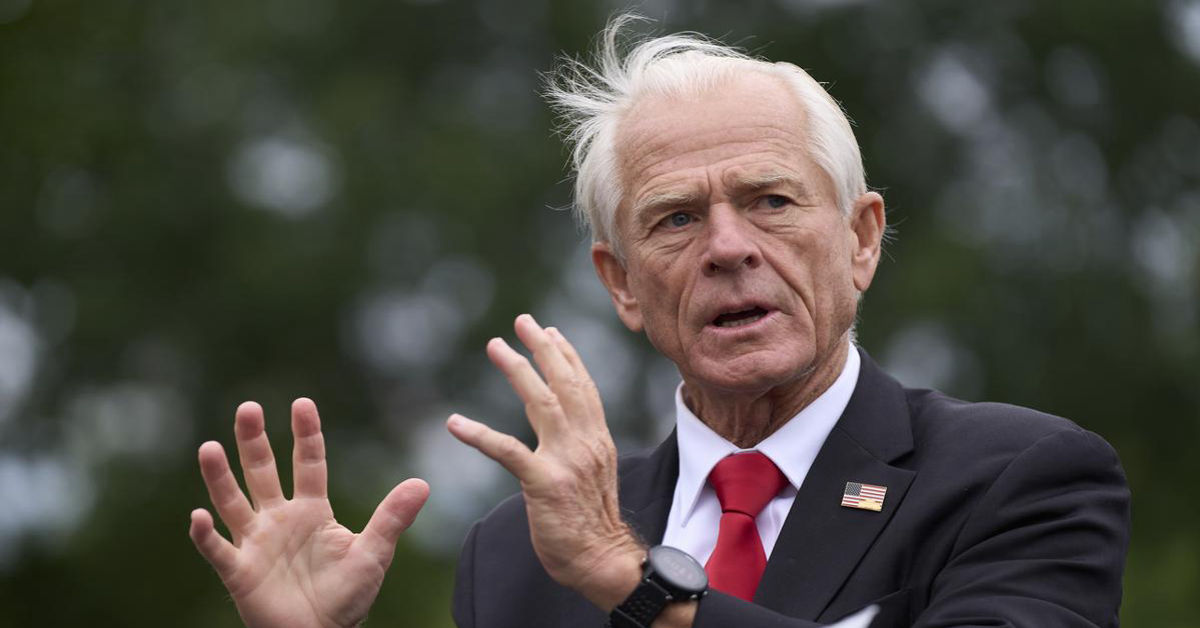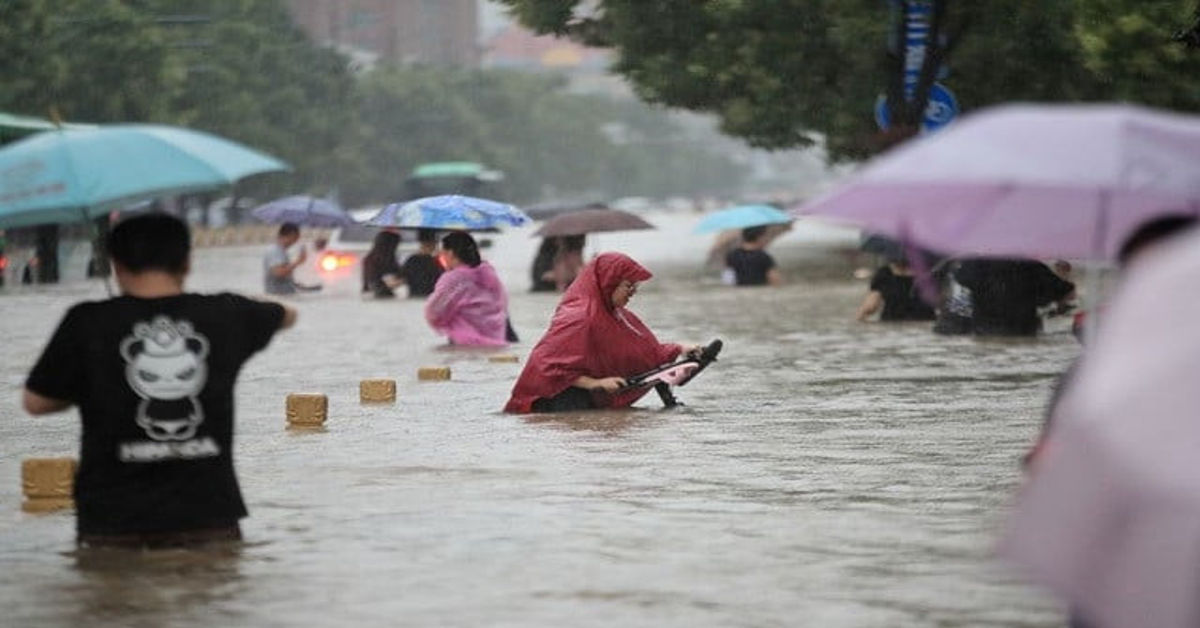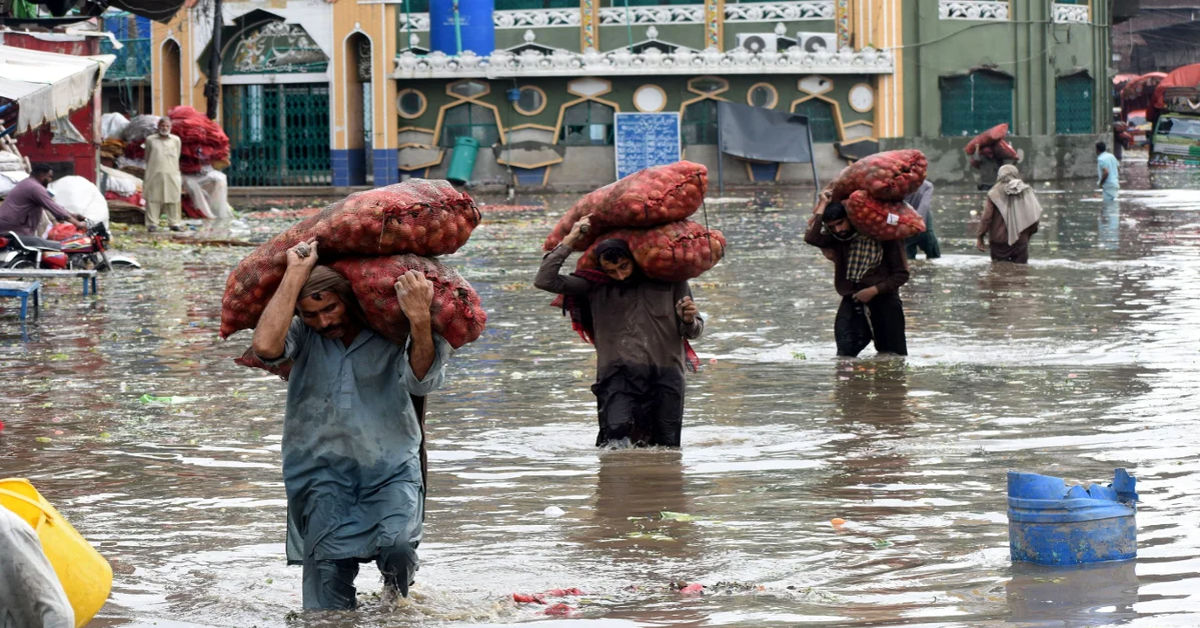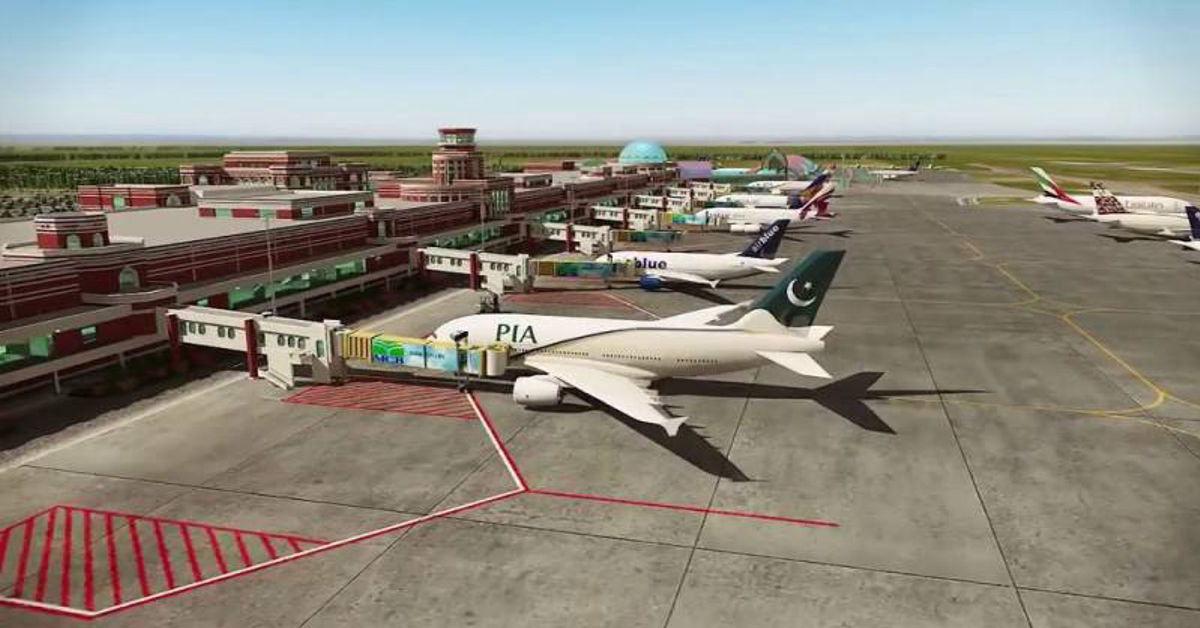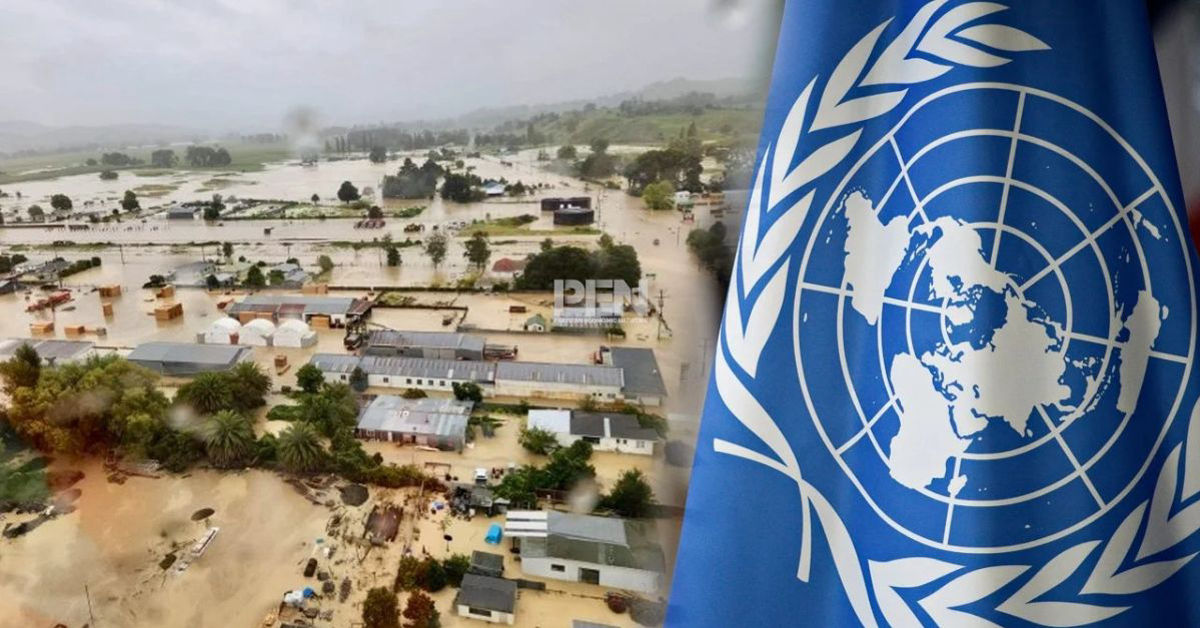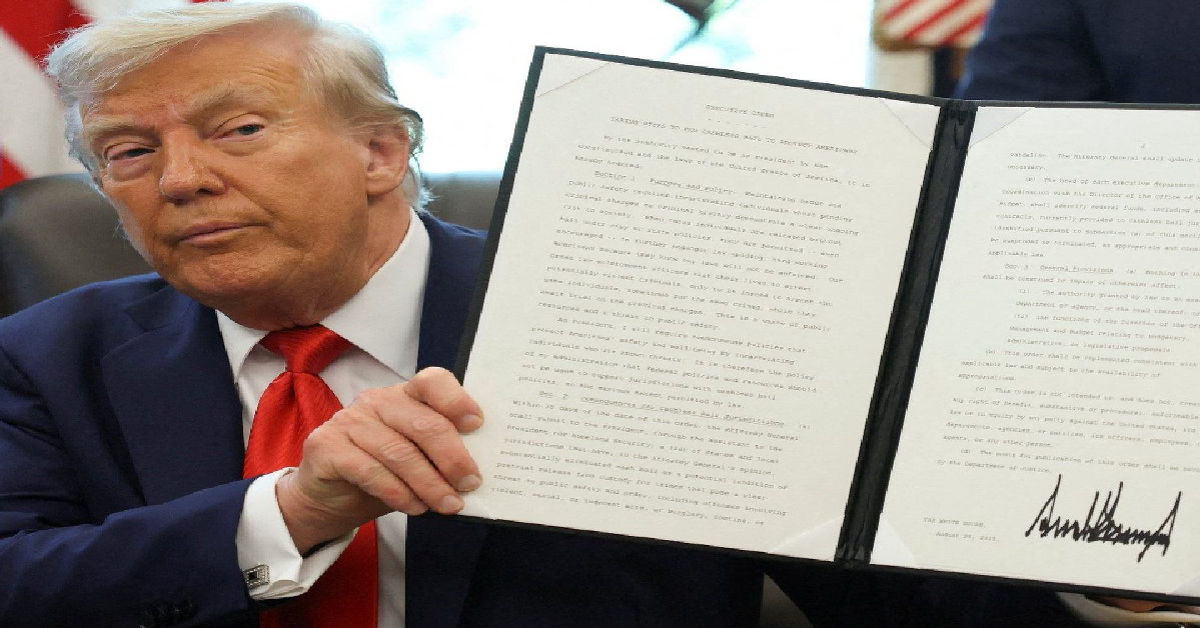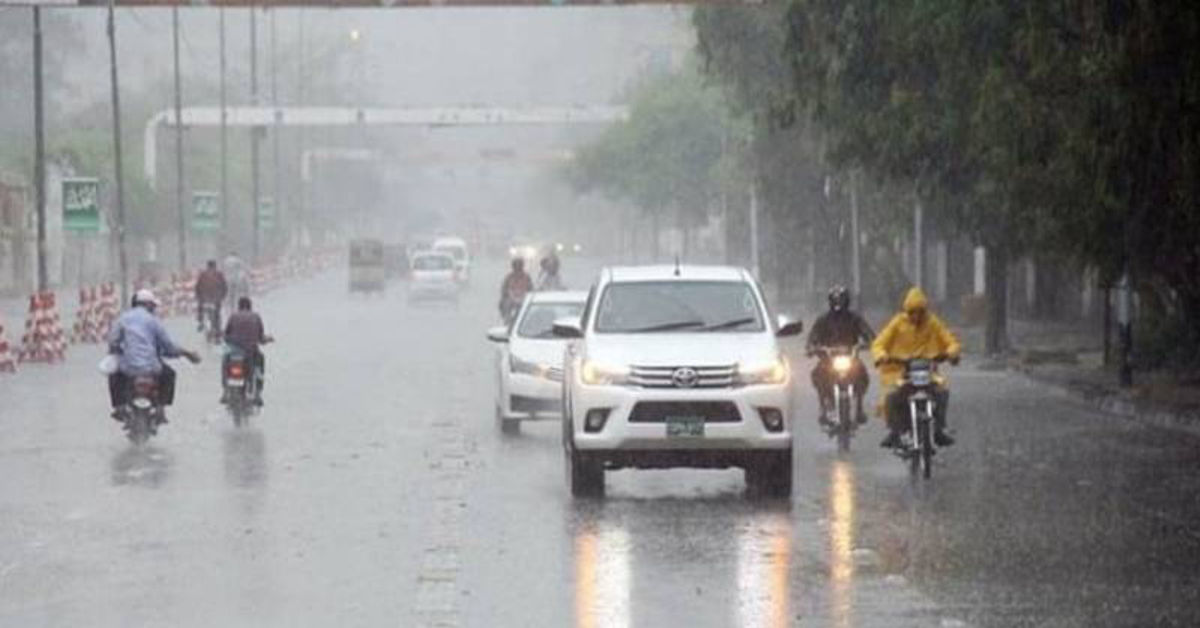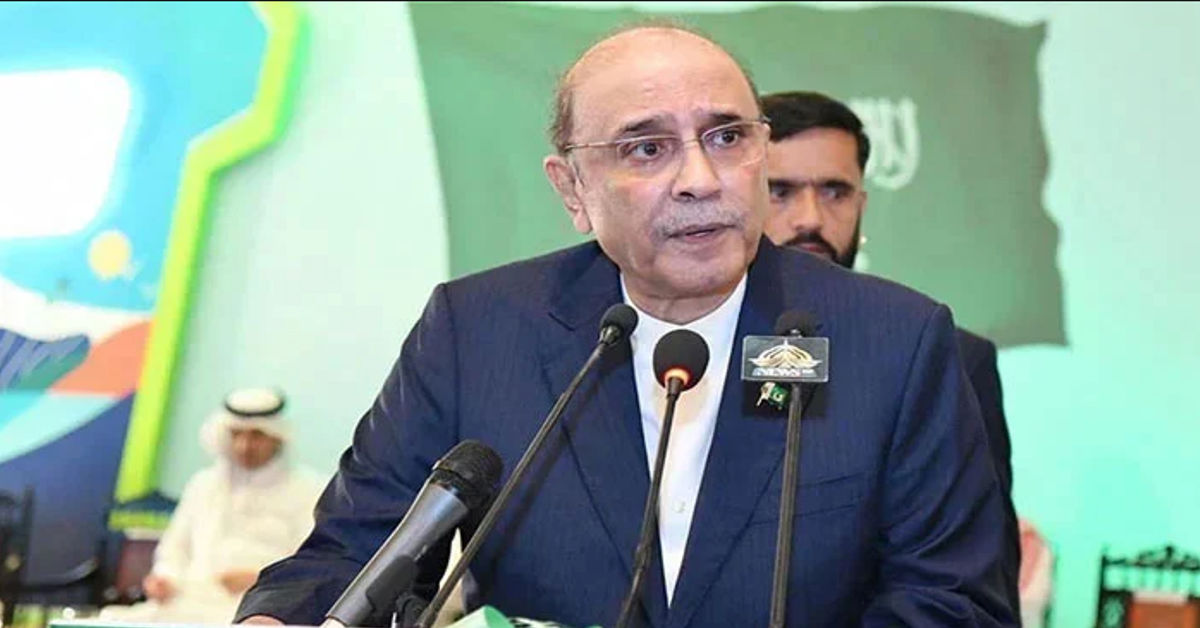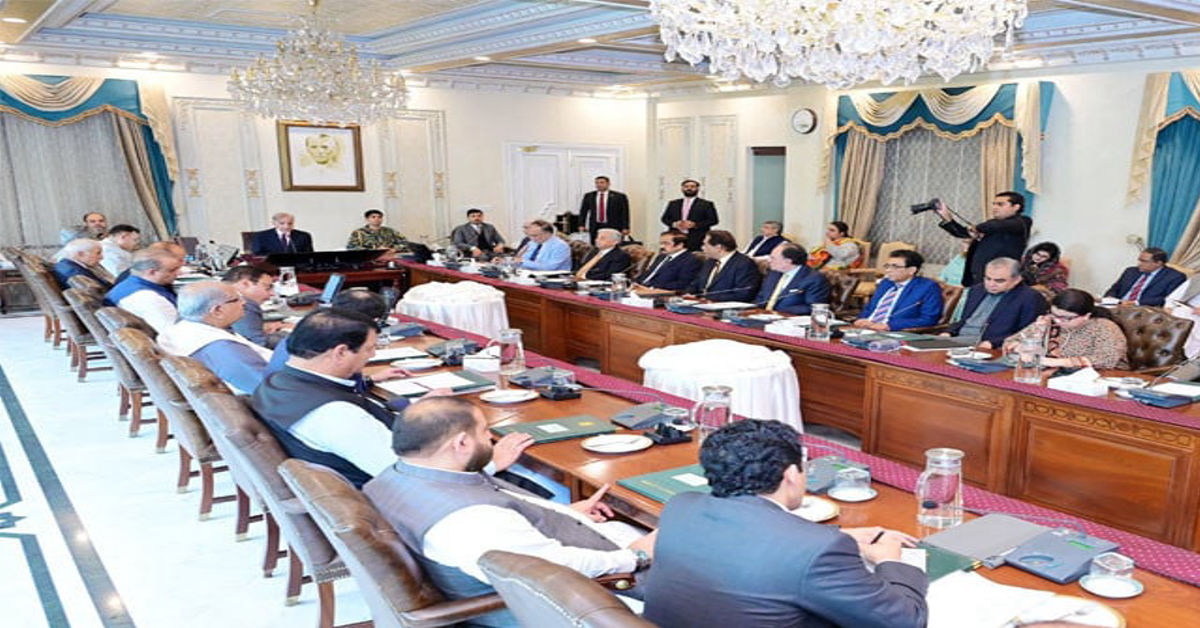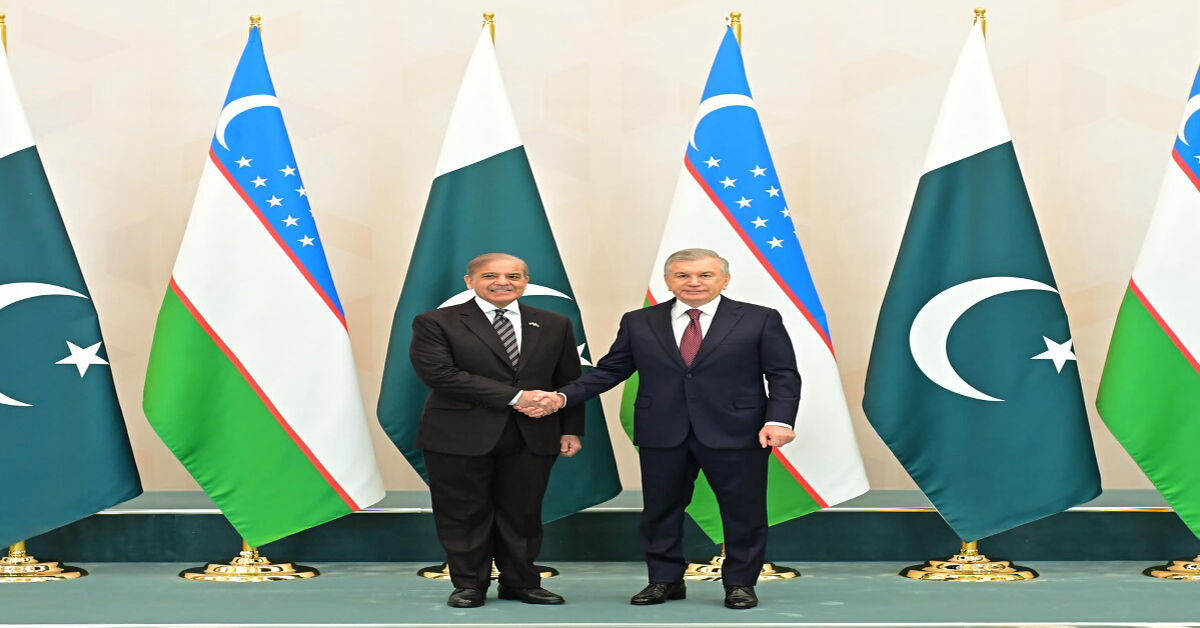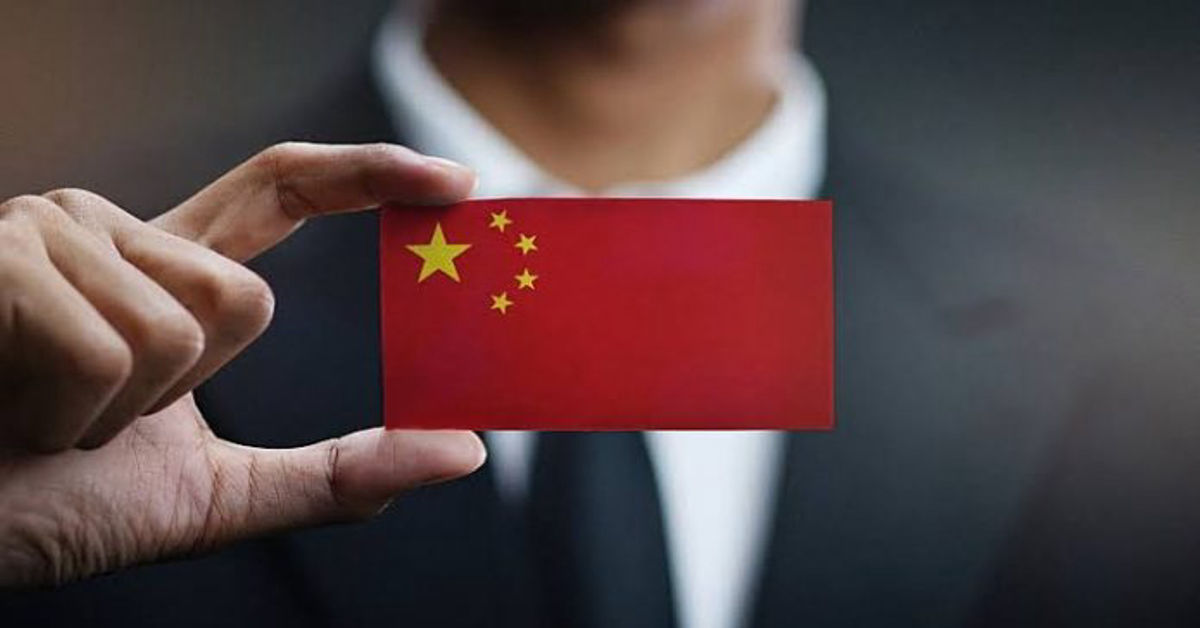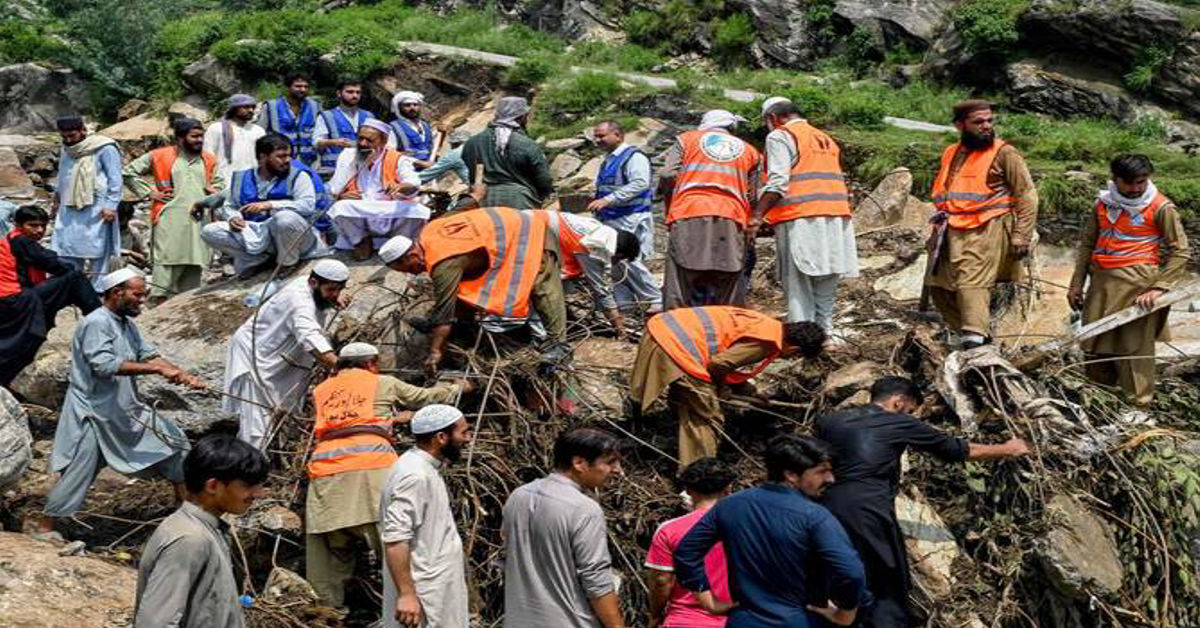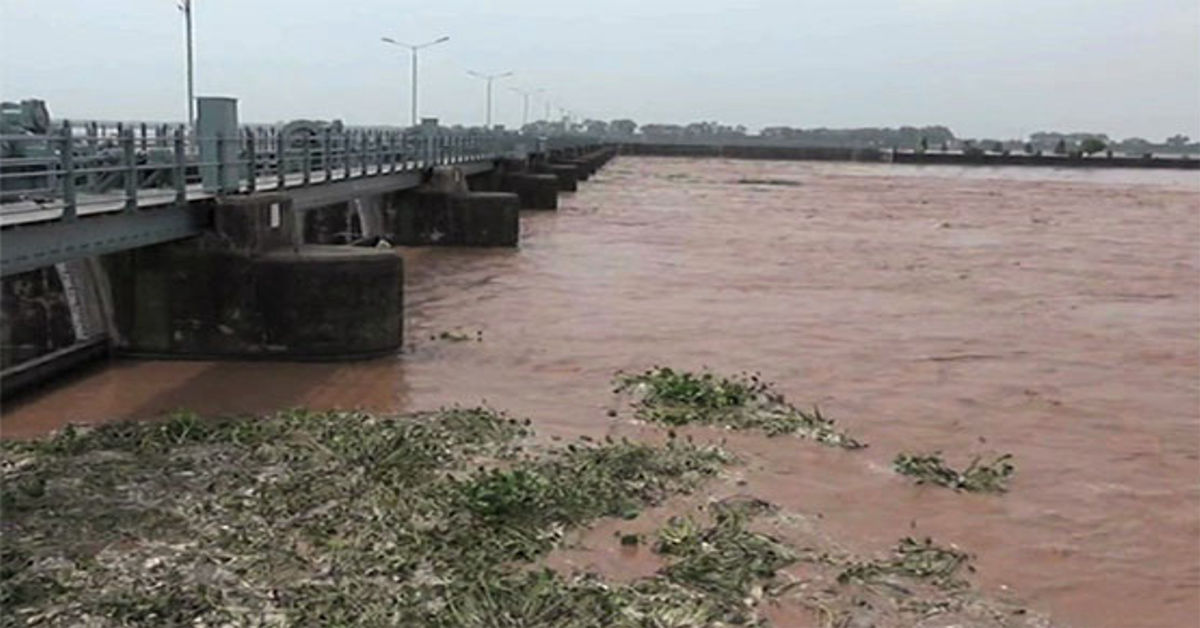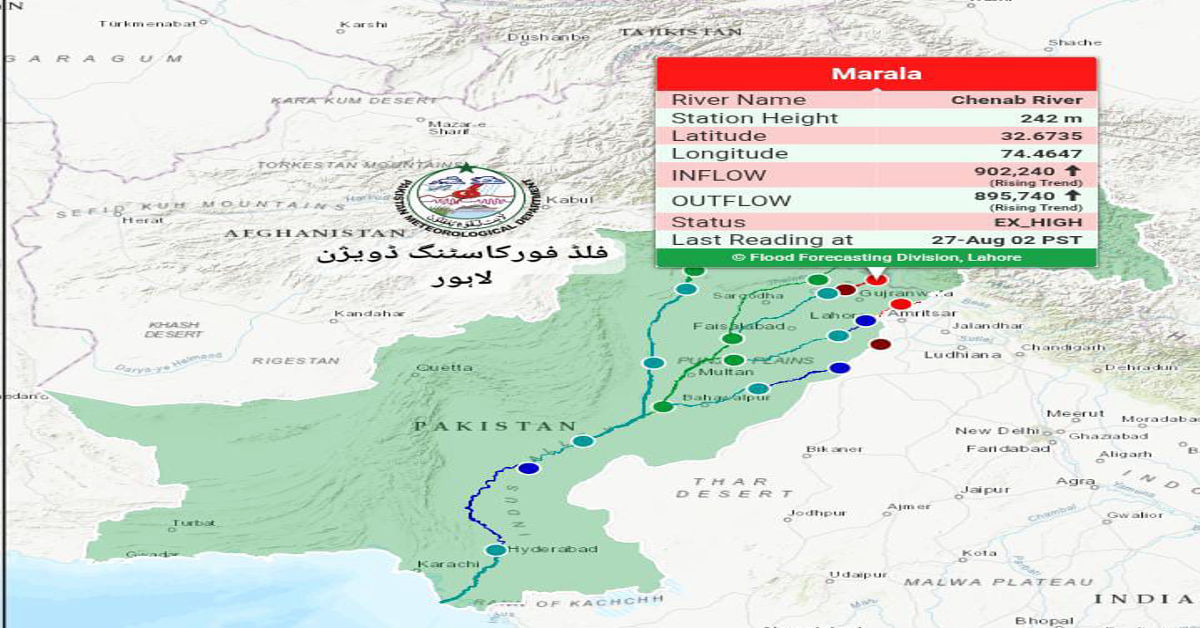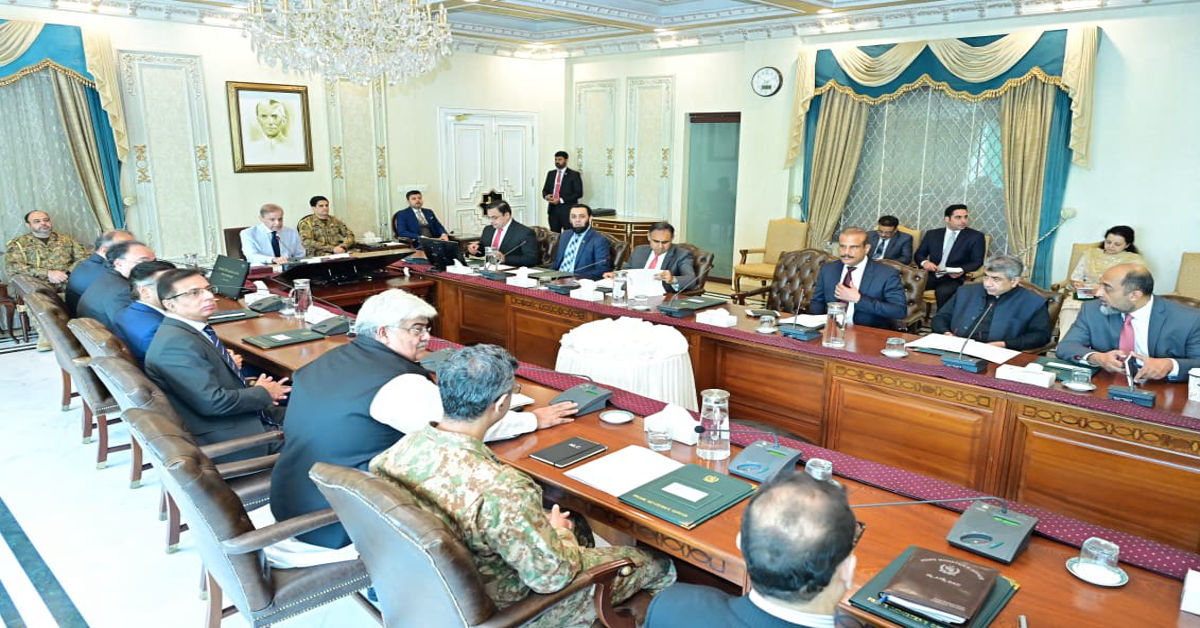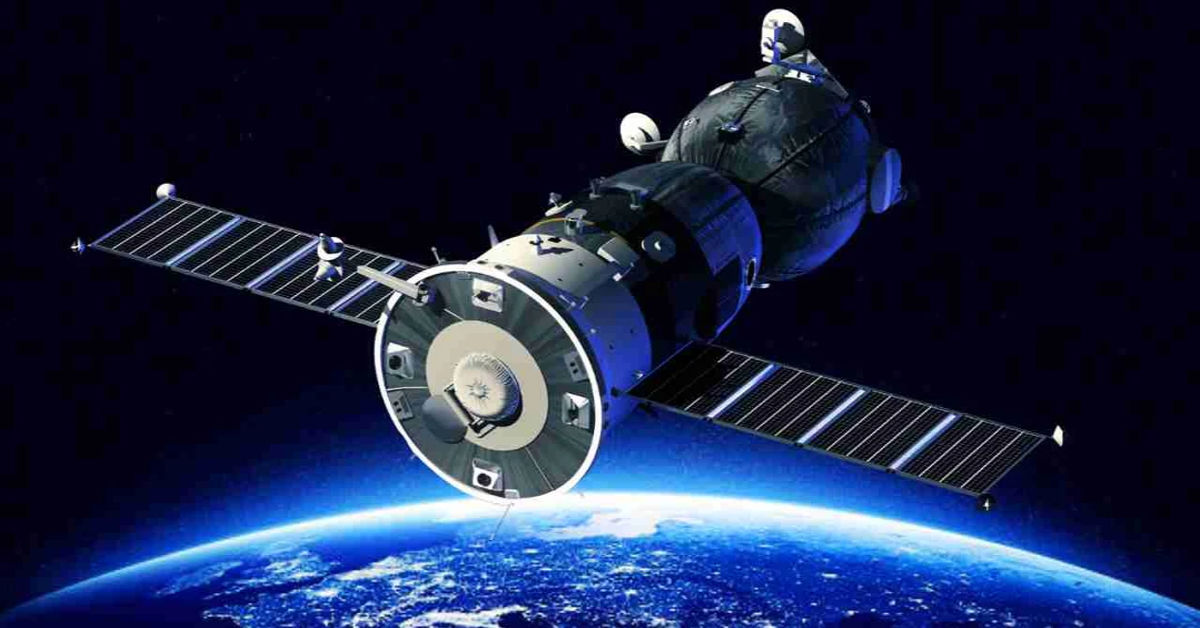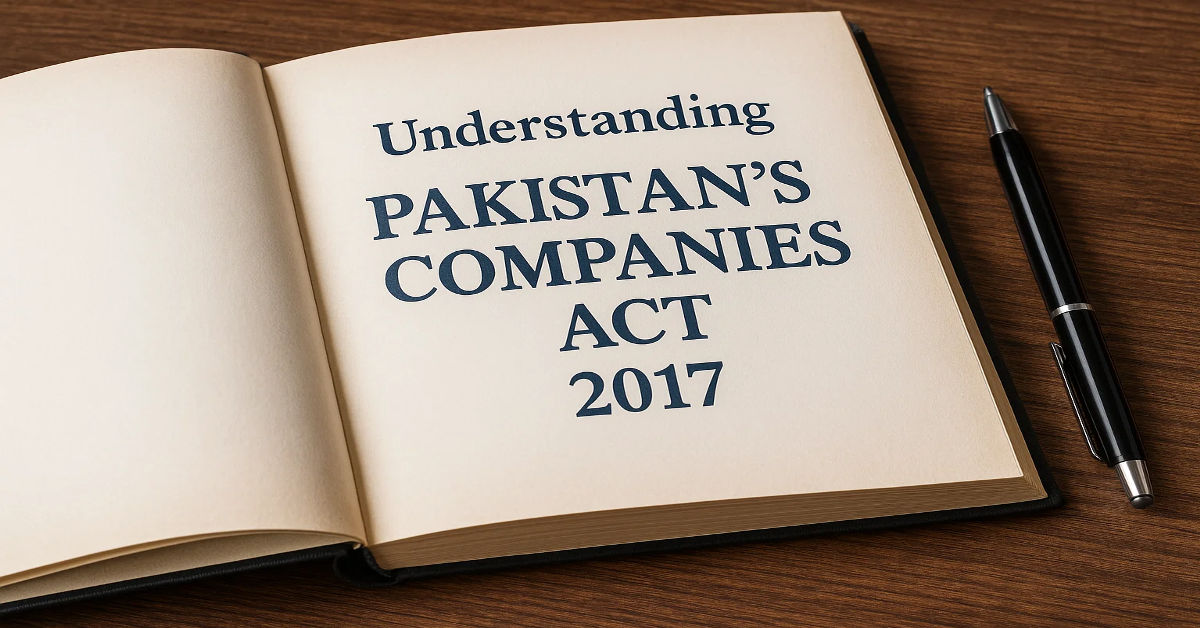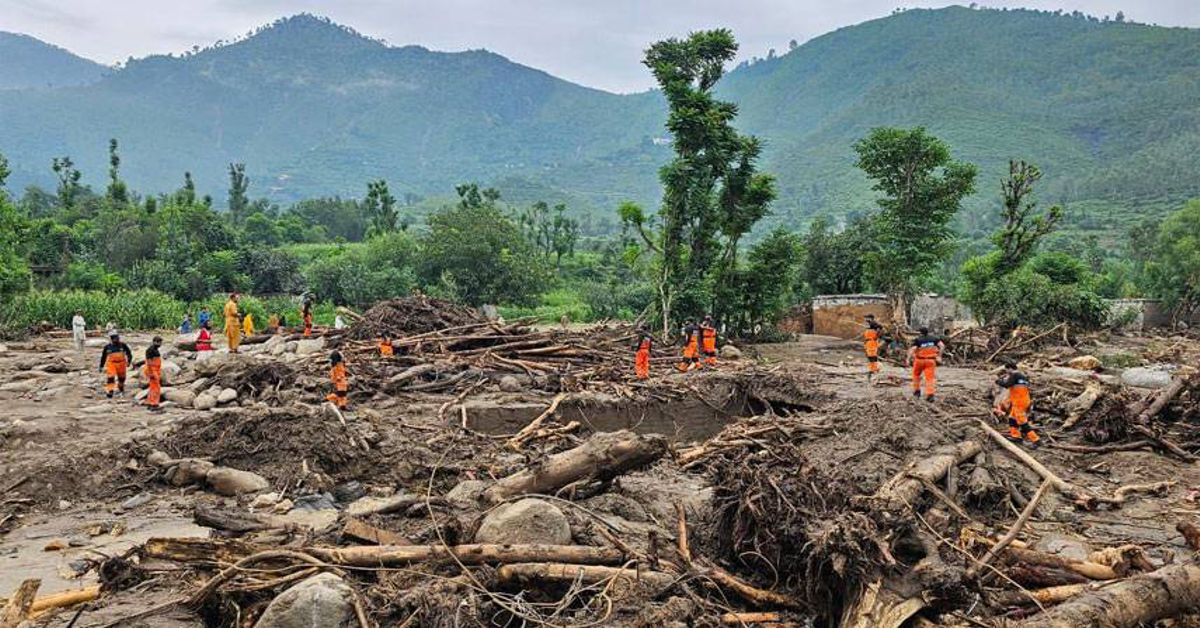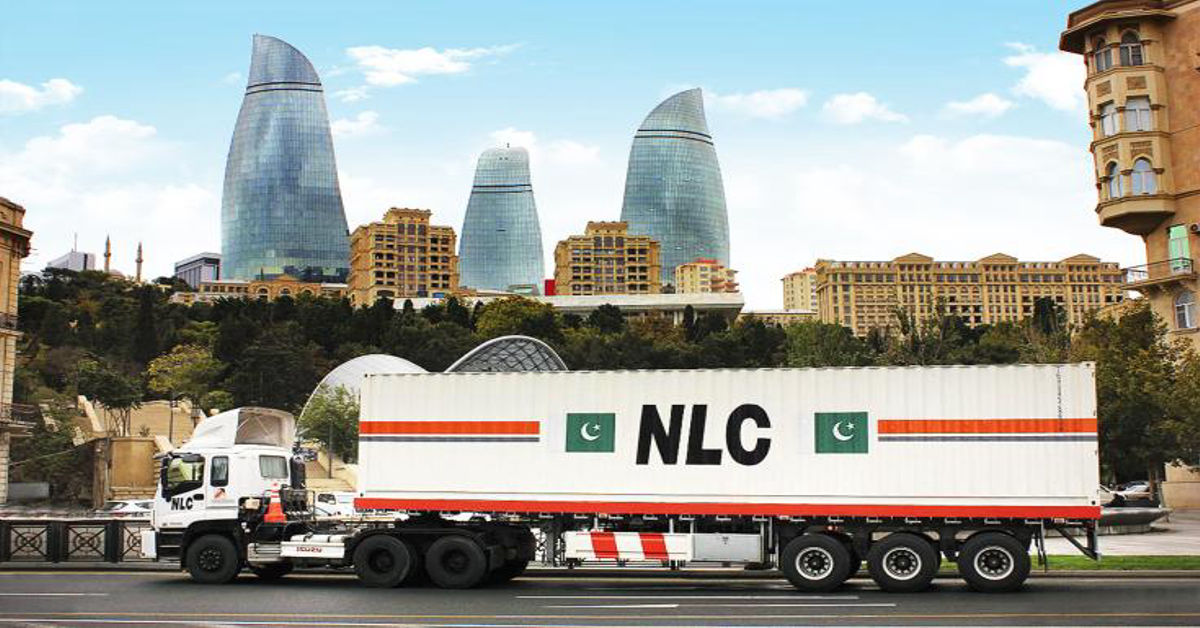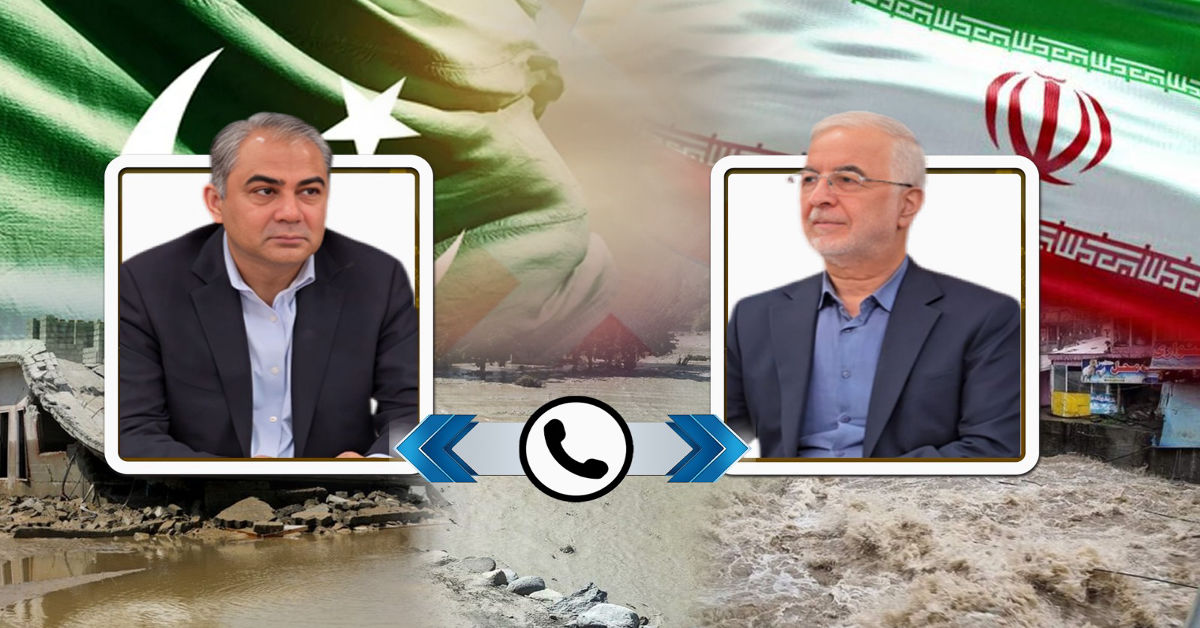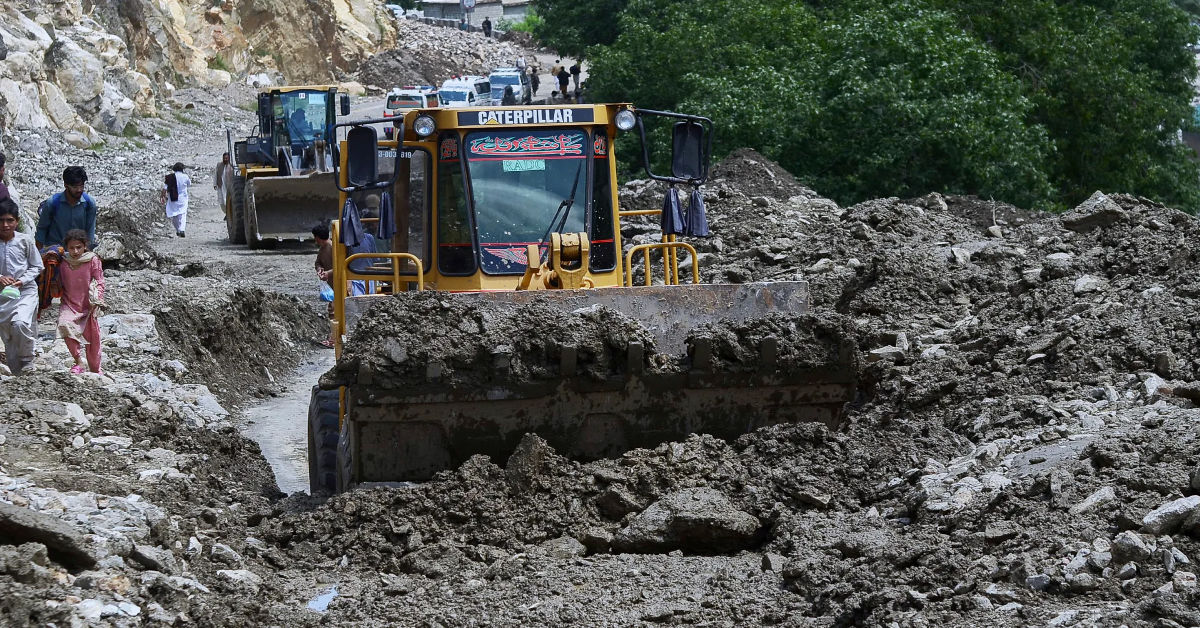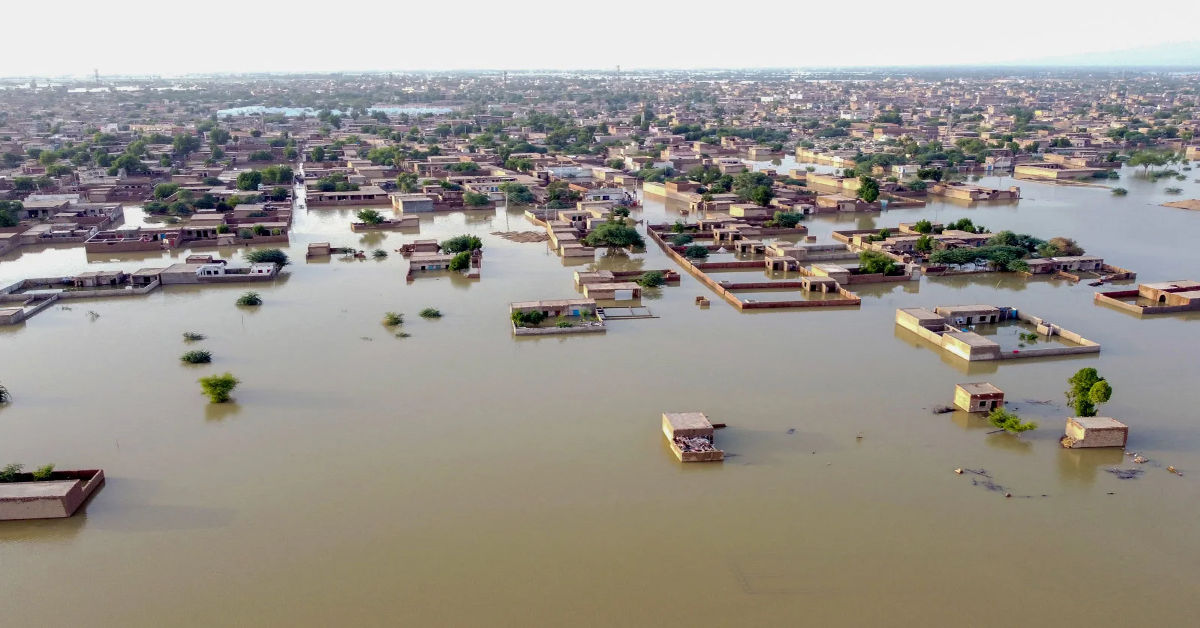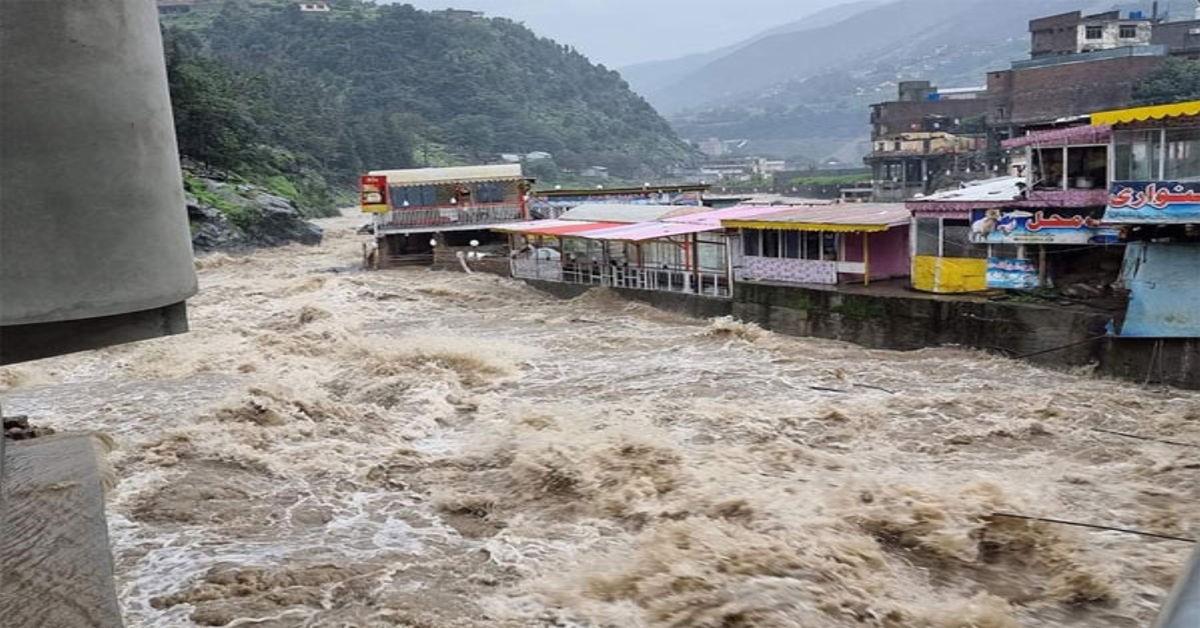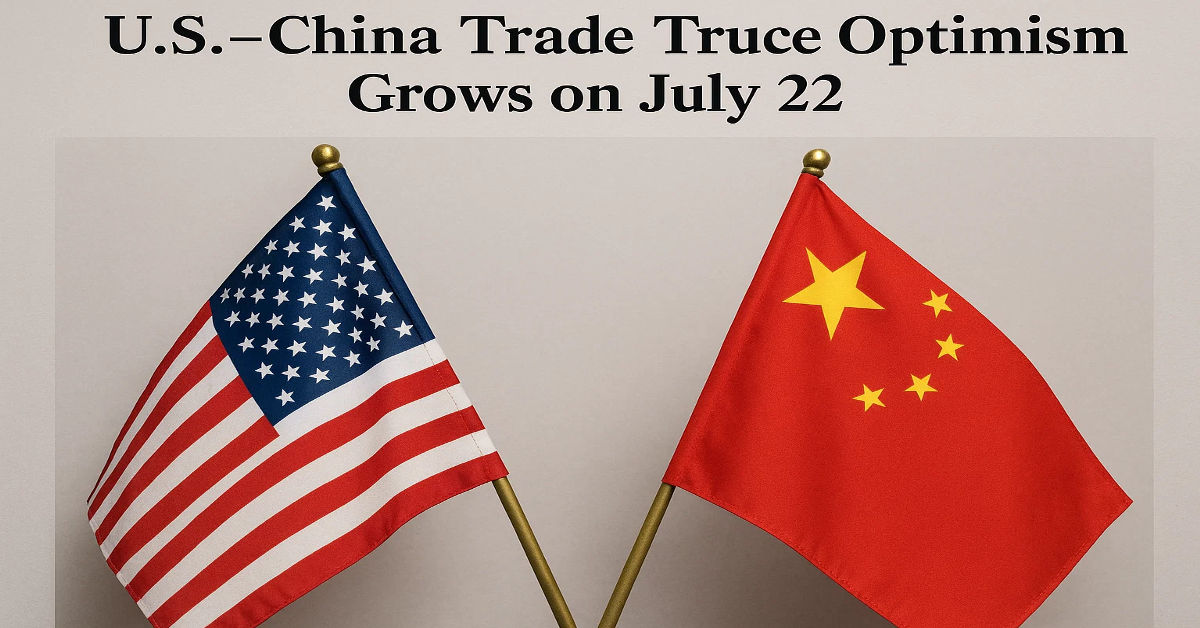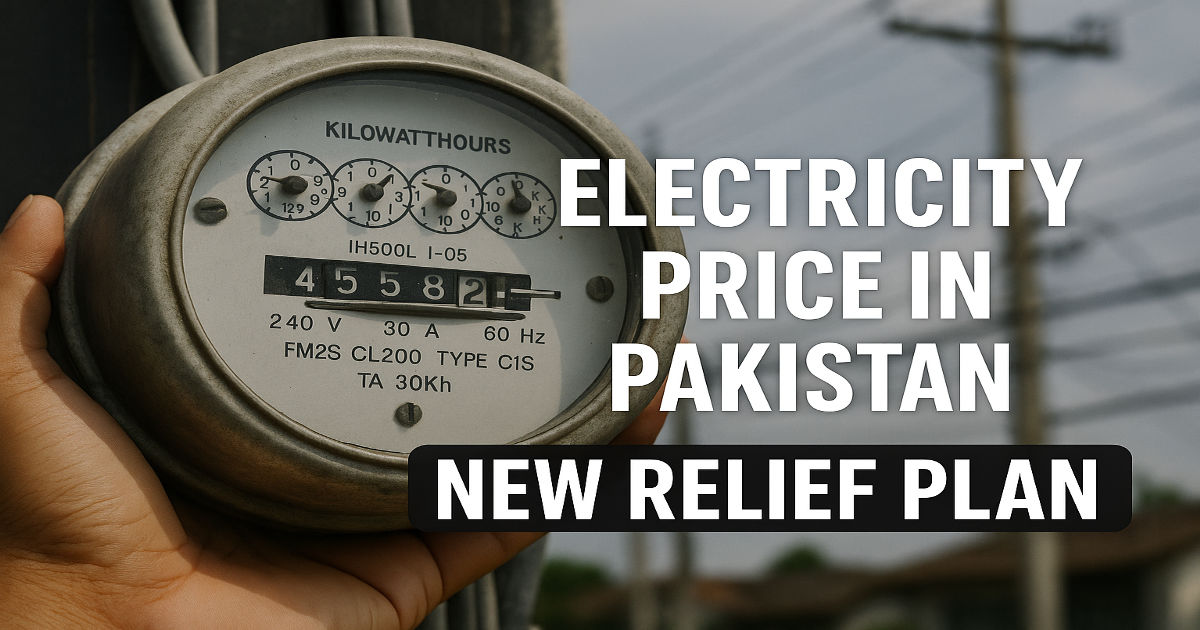
Navigating rising energy expenses is a constant challenge for businesses and farmers in Pakistan. According to data from the National Electric Power Regulatory Authority (NEPRA), energy costs account for a significant portion of operational expenditures in both the industrial and agricultural sectors. With power bills swallowing a big chunk of operational costs, any policy update grabs attention especially one that promises real change for the electricity price in pakistan. That’s exactly what the Roshan Maeeshat Electricity Package aims to deliver.
This three-year plan backed by government economic advisors and compliance with International Monetary Fund (IMF) recommendations goes beyond routine adjustments. It’s designed to motivate industries and agriculture to use more grid electricity, stimulate economic activity, and make optimal use of surplus capacity on the grid, which NEPRA and Power Division reports estimate at around 7,000 megawatts. Here’s a clear and fact-based breakdown of everything you should know, reflecting the latest official press releases and sector briefings.
Why Change the Power Tariff Now?
Pakistan’s national electricity grid has faced acute financial pressures in recent years. As documented in official reports and highlighted by leading national economists, industrial and agricultural users have steadily migrated from grid consumption to solar net metering and alternate energy solutions. As of 2024, industry estimates show grid demand for electricity dropped by 9% last fiscal year and fell even further in July (by another 6%) due to cost concerns. This left a surplus of unused, available power estimated at over 7,000 MW.
Yet, even as consumption shrank, those still relying on the grid struggled with high “capacity payments.” These are fixed costs consumers bear to keep power plants operational—regardless of how much electricity is used contributing to rising per-unit tariffs and making grid electricity increasingly unaffordable.
Recognizing these challenges, the government, guided by expert consultations and sectoral data, introduced the Roshan Maeeshat Electricity Package. This targeted initiative aims to bring consumption back onto the national grid, ease financial strains on productive sectors, and optimize existing infrastructure.
How the New Electricity Price Policy Works
Let’s unpack the policy mechanics, based on documentation from the Power Division and public statements by the Prime Minister and Federal Minister for Power. This isn’t a blanket price cut it delivers targeted relief to businesses and farmers who expand their power usage. The government is offering a special rate of about Rs22.98 per unit, but only for usage above the prior year’s average
Key details include:
- The reduced electricity price in pakistan is available to both industrial and agricultural users strictly for incremental use capped at 25% above the previous year’s combined national baseline mirroring policy transparency guidelines required by the IMF.
- The program is set for three years: November 2025 to October 2028, with no possible extension. This is confirmed in official government regulations released in early 2024.
- Incremental use is calculated on total sectoral (not individual) growth. All users benefit as long as the combined sector remains within the 25% additional consumption threshold.
- The policy is subsidy-neutral and funded through cost-plus pricing methodology, with no burden placed on residential or small-business consumers.
Industrial Impact
The benefits for manufacturing are backed by data from the Pakistan Bureau of Statistics and industry analysts. For years, steep tariffs up to Rs34 per unit placed expansion out of reach for many businesses. Now, electricity used beyond last year’s average is billed at Rs22.98 per unit, representing a reduction of over 32%. The Power Division projects this will add between 600–1,000 MW in returned demand and support a projected 0.5% annual growth in industrial output, as reported in sectoral growth forecasts.
Factories that seize this opportunity could lower production costs, invest in automated processes, efficiently manage late-night operations, and compete more effectively with regional players. Increased energy usage on better terms is expected to drive job creation, capital investment, and long-term capacity expansion key pillars of a robust industrial policy as outlined by scholars at the Pakistan Institute of Development Economics (PIDE).
Agricultural Benefits
For the agriculture sector a critical contributor to GDP and employment tariff support could be transformative. Research published by the International Food Policy Research Institute (IFPRI) and local think tanks consistently links energy prices to food production and rural livelihoods. Under past rules, tariffs reached Rs38 per unit for farm operations; the Rs22.98 per unit rate on additional units is a nearly 40% reduction. This creates real potential for longer irrigation cycles, cold chain improvements, and increased deployment of agri-tech tools.
The Ministry of National Food Security and recent government briefings underline how affordable, reliable electricity supports food security, enables off-peak water pumping, and makes year-round modern farming more viable. Agricultural economists agree this is critical for strengthening rural development across Pakistan.
Solar, LNG, and the New Electricity Price
A major reason for this reform cited in NEPRA market reports and presentations to the IMF is the mass adoption of solar net metering and off-grid solutions in recent years. Over 90% of many large customers, including farms, have partially or fully shifted to renewables, hollowing out grid demand and leaving thousands of megawatts of grid generation idle.
The new electricity price in pakistan for incremental use is engineered to counter this trend, offering a viable reason for businesses to “return to the grid.” As sectoral experts note, stronger national demand also helps the government optimize LNG import contracts: the Power Division expects the package will raise LNG usage as more consumers draw from grid power, reducing the risk of excess LNG and associated cost liabilities.
Please note: while incremental users benefit from the lower rate, there is no negative fuel price adjustment and any fuel cost increases will be passed on, as per prevailing fuel price adjustment policies.
Guardrails and IMF Oversight
This program includes strong governance and oversight, reflecting best practices in public finance and IMF recommendations for Pakistan’s energy sector. Relief is only available as long as combined use stays above the 2026 baseline but below or equal to the 25% additional cap (set at 53.7 billion units, according to Power Division data). Government documents mandate semi-annual reviews; if fiscal costs rise unexpectedly, the authorities can adjust the tariff or criteria in line with IMF-approved frameworks.
There is a strict uniformity clause: all industrial and agricultural users receive the same incremental tariff there are no “favored” sub-sectors, a point highlighted by leading energy policy watchdogs and the IMF review team alike.
Your Checklist: Making the Most of the New Tariff
To take maximum advantage of this expertly designed policy, consider these actions (endorsed by industry groups and trade bodies):
- Assess your baseline: Know your actual 2024–2025 consumption; this is your reference for eligibility.
- Plan for strategic growth: Evaluate how expansions, upgraded equipment, or increased crop cycles could utilize additional units efficiently.
- Calculate blended costs: Anticipate your average monthly tariff by combining baseline (standard rate) and eligible incremental use (discounted rate).
- Track sectoral consumption: Stay connected with trade associations to monitor whether the sector approaches its 25% cap exceeding it will end the benefit.
- New connections: If you’re new, remember half your sanctioned load qualifies for the lower rate.
Conclusion
The Roshan Maeeshat Electricity Package is built on stakeholder consultation, power sector expertise, and international compliance. By delivering transparent, sustainable relief to combat the high electricity price in pakistan, it provides a window for productivity, growth, and grid stability. If industries and farmers act strategically and work within the guardrails, they can expect improved cashflows, more predictable electricity bills, and a positive impact on the national economy all backed by verifiable data and regulatory oversight.
Frequently Asked Questions (FAQs)
1. Who qualifies for the discounted electricity rate?
Industrial and agricultural consumers who use more power than their 2024–2025 average, so long as the entire group does not go beyond the 25% sectoral cap, as independently tracked by NEPRA and the Ministry of Energy.
2. What will appear on my monthly bill?
You will see standard tariff charges for your baseline units and reduced incremental charges for each unit consumed under the package’s criteria, subject to sector-wide compliance.
3. How does this work for new connections?
New businesses or farm connections get the incremental rate for half their sanctioned load; the other half is billed at the standard rate, as stipulated in government guidance.
4. What if sector-wide usage exceeds the cap?
All usage over the baseline will revert to the traditional rate if the national limit is surpassed, as reported in regular public sector audits.
5. When does this package start and end?
The plan is effective November 2025 to October 2028, and there will be no extension. Review official NEPRA and Power Division updates for any changes.

